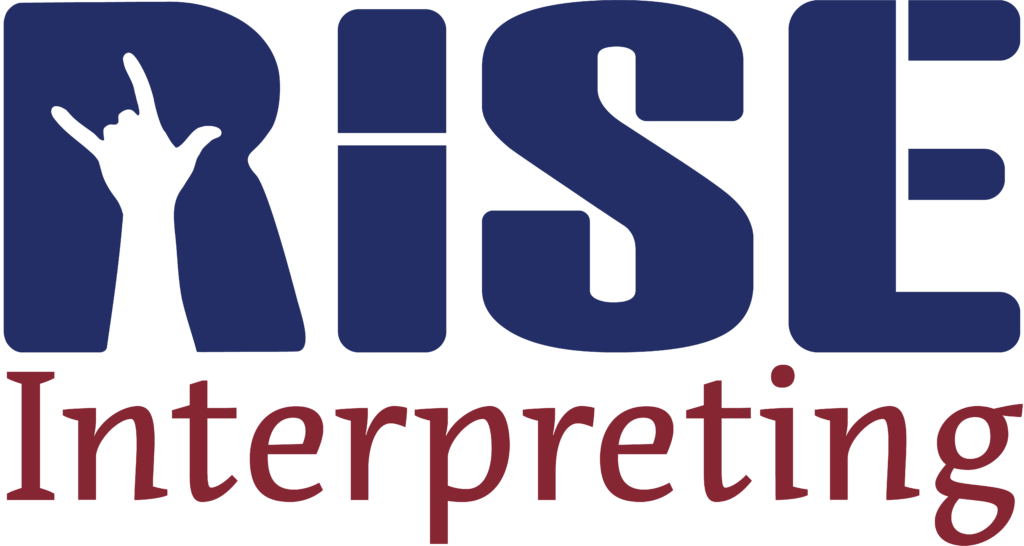1. In California, are you required to wear a mask when talking to Deaf / hard-of-hearing people?
No!
According to the California Department of Public Health, “Some people are exempt from wearing face coverings at all times:
…Those who are hearing impaired, or communicating with a person who is hearing impaired. In these cases, the ability to see the mouth is essential for communication.”
https://covid19.ca.gov/masks-and-ppe/#Mask-wearing-exemptions
This exemption covers not only Deaf / hard-of-hearing people but everyone communicating with them; this includes their companions, store employees, ASL Interpreters, and more!
The CA Dept. of Education also acknowledges this exemption. In fact, they go on to say, “It is imperative that LEAs continue to monitor the applicability of existing exemptions to individual students with a disability and avoid implementation of policies related to face coverings that may result in a denial of FAPE under the IDEA.” https://www.cde.ca.gov/sp/se/lr/om021121.asp
2. Why is an exemption necessary?
Wearing masks can impede effective communication for Deaf and hard-of-hearing people.
- American Sign Language (ASL) is a visual language incorporating not only hand signs and gestures but facial expressions and body movement. Masks or face coverings may block or skew critical linguistic information communicated through these facial expressions.
- When interacting with hearing people (who do not sign), many Deaf and hard-of-hearing people heavily depend on lip-reading / speech-reading for communication. Masks that cover one’s lips block that access.
- Masks muffle voices, making it more difficult for hard-of-hearing people to understand and express speech.
3. What does the CDC say about Deaf people wearing masks?
The CDC also acknowledges the problems that cloth or fabric masks impose on D/HH people, writing:
“Certain groups of people who may find it difficult to wear a mask
People who are deaf or hard of hearing, and those who will interact with people who are hearing impaired:
If you interact with people who rely on reading lips, you may have difficulty communicating while wearing a mask.
Consider wearing a clear mask or a cloth mask with a clear panel”
https://www.cdc.gov/coronavirus/2019-ncov/prevent-getting-sick/cloth-face-cover-guidance.html
A clear mask alternative is appropriate in some situations and ASL interpreters often wear them. Clear masks and panels can still present challenges at times when producing a glare which can obscure the interpreter’s face. This is more problematic over video as consumers can not adjust their viewing angle.
Here are some popular options:
4. When interpreters or Deaf people do not wear masks, won’t it make others feel uncomfortable?
In short, it may. It is important to understand why this exemption was made and that Deaf and hard-of-hearing people deserve access to communication as much as anyone else.
When it is an option, we offer alternative access by streaming a RISE interpreter over video. This service is called Video Remote Interpreting commonly referred to as VRI. This solution is proving effective in a variety of situations. When employed properly, interpreters are completely visible and able to provide full and equal access.
5. Do any Deaf people prefer to wear a mask?
Yes! There are several Deaf people who prefer to wear a mask and prefer their interpreters to stay covered as well. It is important to respect their wishes and honor their preference.
Thank you for respecting the Deaf and hard-of-hearing by considering their individual preferences while recognizing the state exemption and CDC recommendations.
Have questions? Want to explore what options are right for you? Give us a call and we’ll work with you to find a viable solution.


